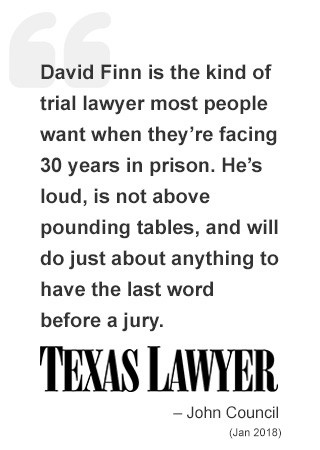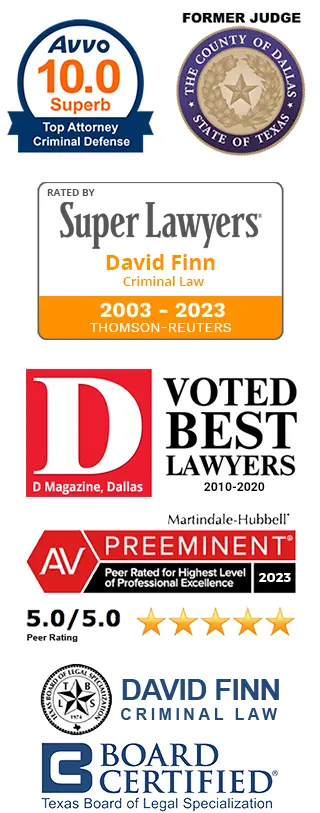


Federal Sentencing – Sex Offenders
Center for Sex Offender Management, Office of Justice Programs, U.S. Department of
Justice, Myths and Facts About Sex Offenders (Aug. 2000).
Available at: http://www.csom.org/pubs/pubs.html
“It is noteworthy that recidivism rates for sex offenders are lower than for the
general criminal population.”
Child molesters have a lower rate of reconviction than rapists (for sex
offenses, 13% compared to 19% in one study).
“Individual characteristics of the crime” such as gender of the victim and
relationship of the offender to the victim “further distinguish recidivism rates.”
“Treatment programs can contribute to community safety because those who
attend and cooperate with program conditions are less likely to re-offend than
those who reject intervention.” (Characterizing as a “myth” the notion that
“treatment for sex offenders is ineffective.”)
Treatment costs less than incarceration ($5-15,000 compared to $22,000 for
one year).
Center for Sex Offender Management, Office of Justice Programs, U.S. Department of
Justice, Recidivism of Sex Offenders (May 2001).
Available at: http://www.csom.org/pubs/pubs.html
Discusses likelihood of re-offense, contributing factors, and treatments.
Dynamic factors associated with recidivism should influence the structure and
supervision of individualized interventions. These factors include the
formation of positive relationships with peers, stable employment, avoidance
of alcohol and drugs, prevention of depression, reduction of deviant sexual
arousal, and increase in appropriate sexual preferences. . . . This model is
“currently the only approach that enjoys any evidence of effectiveness in
reducing sexual recidivism.” Id. at 16.
Bureau of Justice Statistics, Office of Justice Programs, Recidivism of Sex Offenders
Released from Prison in 1994 (Nov. 2003).
Available at: http://www.ojp.usdoj.gov/bjs/abstract/rsorp94.htm
“[S]ex offenders had a lower overall rearrest rate” compared to non-sex
offenders.
“No clear association was found between how long [sex offenders] were in
prison and their recidivism rate.”
The more prior arrests they had, the greater their likelihood of being
rearrested for another sex crime after leaving prison.”
National Juvenile Online Victimization Study, Child Pornography Possessors Arrested in
Internet-Related Crimes.
Available at: http://www.unh.edu/ccrc/
Stats on offender characteristics that can help you show that your client is
“normal” or “better than normal” (at least for a sex offender), e.g., “Most CP
producers had multiple victims and many victimized groups of children or
adolescents.”
Hanson, R. Karl & David Thornton, Static-99: Improving Actuarial Risk Assessments for
Sex Offenders.
Available at: http://www.psepc-sppcc.gc.ca/res/cor/rep/cprmindex-en.asp
Compares the predictive accuracy of the three most commonly used sex
offender risk assessment measures.
Explains how each measure is used, and gives you the factors so you can
present them to the court (e.g., prior sex offenses, prior non-sex offenses,
male victims, stranger victims, never married, under 25 years old, etc.).
Amy Baron-Evans and Sara E. Noonan, Sentencing Resource Counsel, The Adam Walsh
Child Protection and Safety Act of 2006 — Part I (October 2006).
Available at: http://www.fd.org/odstb_AdamWalsh.htm
Provides brief overview of the Adam Walsh Act and suggests some (though
not all) possible legal challenges to the Act.
Amy Baron-Evans and Sara E. Noonan, Sentencing Resource Counsel, The Adam Walsh
Child Protection and Safety Act of 2006 — Part II (November 2006).
Available at: http://www.fd.org/odstb_AdamWalsh.htm
Describing the Sex Offender Registration and Notification Act (SORNA) and
its complex requirements. The paper also describes how the law might
operate, and suggests some challenges it appears to invite.
Amy Baron-Evans and Sara E. Noonan, Sentencing Resource Counsel, Supplement to The
Adam Walsh Child Protection and Safety Act of 2006 — Part II (May & September 2007).
Available at: http://www.fd.org/odstb_AdamWalsh.htm
Addressing new developments since the publication of the original Adam
Walsh Act – Part II memo, including the Attorney General’s interim rule
regarding retroactivity, a favorable case applying the Ex Post Facto Clause,
and the new sentencing guidelines.
Professor Corey Rayburn Yung’s Sex Crimes Blog
http://sexcrimes.typepad.com/sex_crimes/.
Devoted to the criminal laws regulating and punishing sex offenders, with a
special category devoted to Adam Walsh.
Berlin, F.S. et al., A Five-Year Plus Follow-up Survey of Criminal Recidivism Within a
Treated Cohort of 406 Pedophiles, 111 Exhibitionists and 109 Sexual Aggressives: Issues
and Outcome, 12 Am. J. of Forensic Psych. 3 (1991).
Documents the effectiveness of community treatment for sex offenders.
Phone Numbers
Office: (214) 538-6629







